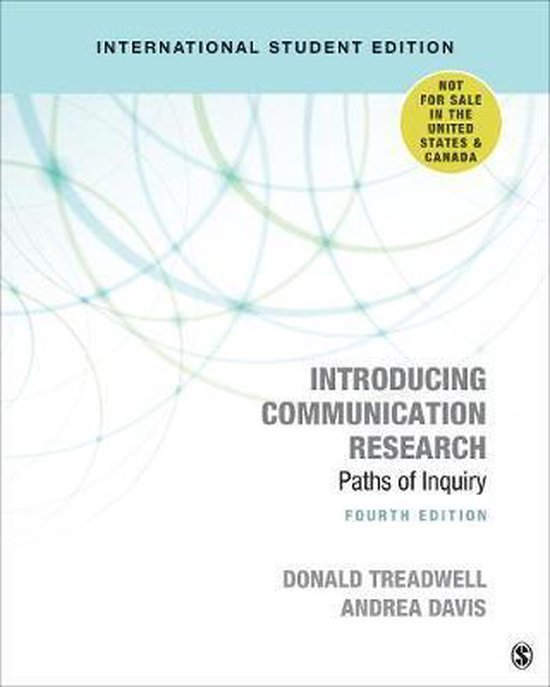Summary
Research Methodology I: Summary IBC
- Course
- Institution
- Book
Clear summary for the course Research Methodology I, from the first year of IBC at Radboud University. It includes all chapters required for the exam. Using this summary only, I got a 7.5 for the exam.
[Show more]




